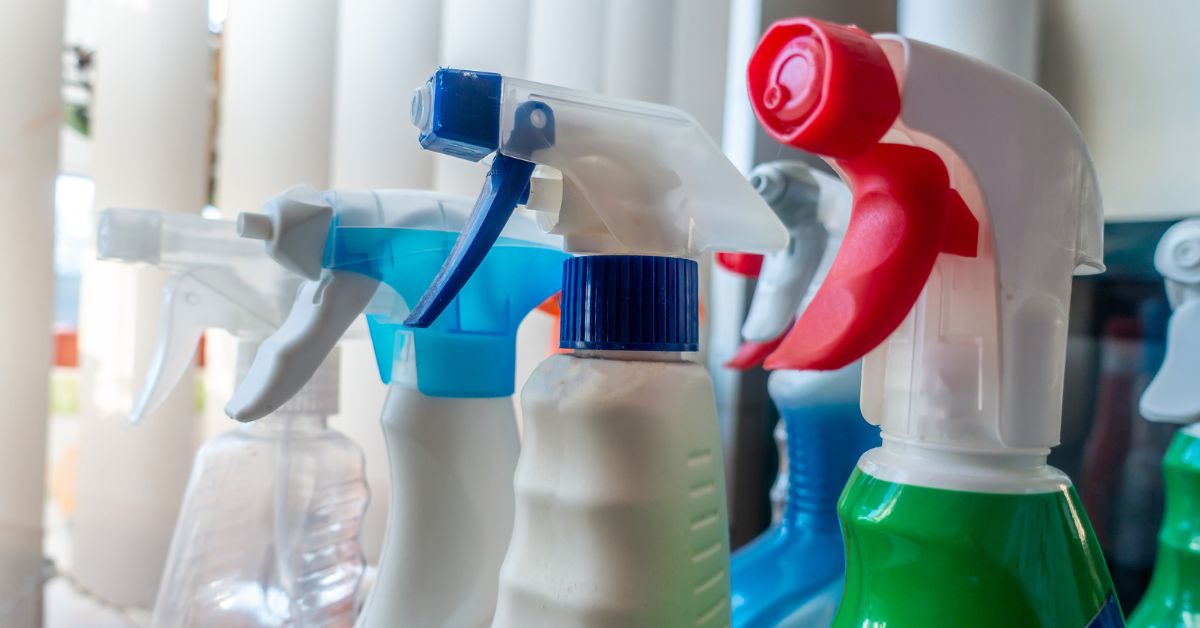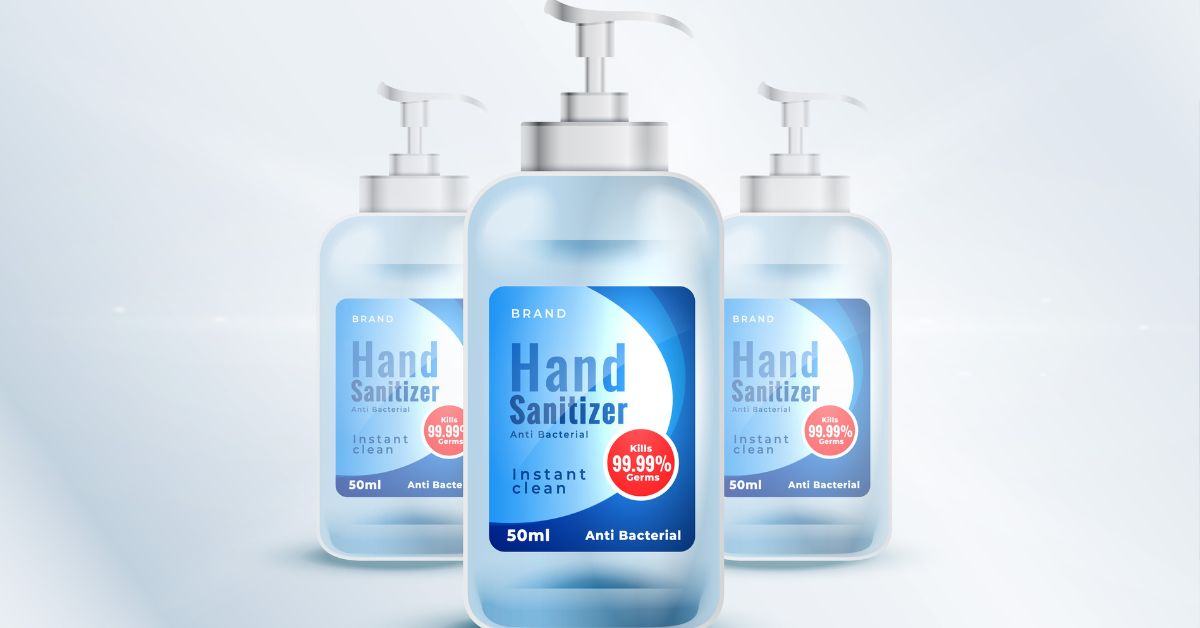Is Old Disinfectant Considered Hazardous Waste?

During the COVID-19 pandemic, disinfectant became a much-needed and much-sought-out material. Everyone, from homeowners to healthcare facility managers, purchased disinfecting materials to keep their hands, high-touch surfaces, and every other surface clean and free from germs, microbes, and more. Many people, too many, accumulated their own supply of disinfectants, filling shelves and cabinets to the brim. Thankfully, the pandemic has abated, and people are freer to move about and not take extra steps to disinfect everything.
That’s all well and good, but two questions suggest themselves: First, what’s going to happen to all that excess disinfectant? Second, is old disinfectant considered hazardous waste? If the answer to the latter question is yes, then here’s a third question: How do we dispose of this excess of disinfectant without doing harm to anyone or anything? In a Catch-22, the substances that keep our hands, homes, and workspaces clean and germ-free might cause issues when they become trash.
What Are Disinfectants?
The word “disinfectant” suggests exactly what they are. They are powerful chemical compositions that can kill or deactivate microorganisms like bacteria, viruses, and fungi. The chemical composition varies, but they work to eliminate those organisms, thereby preventing infection and transmission of disease. Common disinfectants include hydrogen peroxide, alcohol, chlorine, and quaternary ammonium compounds. While they are extremely effective at killing the germs that can hurt human beings, they are also dangerous to humans if digested, inhaled, or touched for long periods. While the dangers may be more limited with some disinfectants than with others, the fact remains that they can be hazardous substances to people and the environment. This makes disposal difficult.
Hazardous Aspects of Disinfectants
We consider waste to be hazardous if it poses a threat to people’s health or that of the ecosystem. Hazardousness is contingent upon an item, material, or substance being prone to ignitability, corrosiveness, toxicity, or reactivity (meaning it reacts in a dangerous way when it encounters another chemical, sunlight, or something to trigger a reaction).
Following these definitions, many disinfectants are indeed hazardous for different reasons according to the chemicals in the disinfectants. Alcohol, for example, can ignite and set larger fires. Bleach has a corrosive effect on the skin. Some disinfectants react in other nasty ways, as well. As they age and degrade, they may become less stable, thereby increasing the negative effects of their various chemicals. How hazardous are they, and what rules decree their proper handling and disposal?

Rules and Regulations
Deciding whether out-of-date or unused disinfectants are classified as hazardous waste is usually left to the Environmental Protection Agency and local laws. Under the terms of the Resource Conservation and Recovery Act (RCRA), the EPA oversees hazardous waste regulation. The RCRA states that waste producers must decide if their waste displays the qualities of hazardous materials (ignitability, toxicity, reactivity, and corrosiveness) and identify it as such.
That’s easier said than done. Local, regional, and state laws may vary. The chemical composition of the disinfectants themselves further complicates things. Therefore, the waste producers must research and consult the local environmental protective agencies for guidance. When deciding, they should take the following considerations into account.
Disposal Notions
Released into the environment, disinfectants are more likely to cause damage than not. Therefore, they must be collected, packaged, and stored or gotten rid of in a way that makes the least impact. Review the following standards and suggestions while considering how to dispose of your extra stores of disinfectant.
Read the Labels
When looking for disposal methods, go straight to the source. Manufacturers might provide ways to get rid of disinfectant on the container’s label. If there’s nothing there, visit the manufacturer’s website or contact them with your inquiry. Someone is sure to have a suggestion.
Local Hazardous Waste Programs
Many communities have programs in place for the disposal of harmful chemicals, electronic waste, and similar means for disposing of hazardous materials. Call your local government—they’ll know.
Your Waste Disposal Company
Most likely, your town or city has a waste collection service in place. Contact them with questions about how to get rid of disinfectant safely. Hospitals and healthcare facilities should already have disposal systems in place, on- and off-site.
Product Disposal Companies
Many companies offer product destruction services, along with paper shredding and other means of permanent waste disposal. They will also offer a certificate of destruction to prove the waste has been completely and utterly obliterated.
Whatever You Do…
Is old disinfectant considered hazardous waste? It depends on the aforementioned circumstances. However, it’s important to remember that it’s never good for the environment. The best thing you can do to reduce the likelihood of disinfectants hurting anyone (or anything) is to engage in best practices while handling it. A bottle or two around the home isn’t much of a concern if you use up the entire supply relatively quickly and recycle the containers properly. However, large facilities should keep track of their stockpiles of disinfectant. Managers and workers in commercial facilities should keep the following standards and suggestions in mind.

Best Practices
Mind the expiration dates on containers, and purchase and use them according to turnover. Make sure you account for every drop, so to speak. Don’t overstock disinfectant! There’s no need to stockpile it beyond your needs for the coming months. Also, store disinfectants where they won’t go bad. While they won’t spoil like fruit or vegetables, they will degrade over time. Curb degradation by storing them in a cool, dry place away from sunlight and other environmental conditions that can reduce their lifespan.
Pick disinfectants that work, obviously, but if you can avoid using ones with harsh chemicals that can cause damage before, during, and after their use, all the better. Make sure employees know not to waste or dispose of disinfectant in improper ways. Train them in best practices for their use and disposal. Finally, no matter what, don’t pour excess disinfectant down the drain, flush it, or otherwise dispose of it in a haphazard way that puts human beings, animals, or plants at risk. For all the good disinfectants do for us, they can also do a lot of damage. Be healthy, but also be careful.
